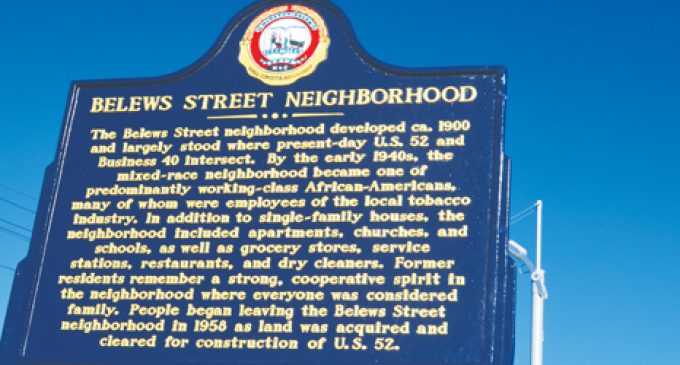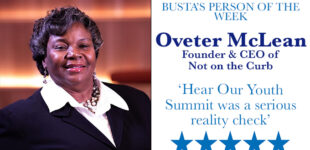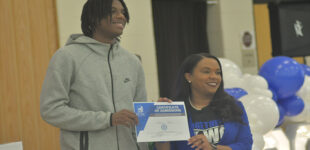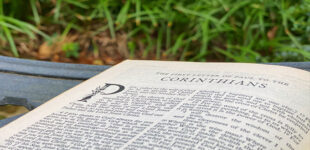At the Intersection of Yesterday & Tomorrow

In the years to come, the Wake Forest Innovation Quarter will develop the area that was the Belews Street community, making it fertile for bio-tech firms and high-tech startups.
But innovation is nothing new to the area.
Decades ago, the African-American denizens of Belews (pronounced Blues) bucked expectations and the iniquity of segregation to start sucessful businesses and institutions of their own.
“Black people had small businesses, and they supported the community,” State Sen. Earline Parmon said Oct. 26 as the city unveiled a marker proclaiming Belews’ historical significance near the corner of East Third Street and Research Parkway.
Parmon is among the many leaders who were reared in Belews. Though even the smallest remnants of the community disappeared more than 50 years ago, Parmon can still picture the old neighborhood.
“Camel City Cab Company and Safe Bus were over there,” she said, using a hand to point. “D.W. Andrews … our first black plumber … was there.”
African-American families began settling the Belews Street area at the beginning of the 20th century. Its proximity to R.J. Reynolds Tobacco Co.’s once thriving downtown operation made the location ideal; many in Belews worked in tobacco factories. Schools, churches and businesses of all stripes emerged as the community thrived.
But a happy ending for the community wasn’t to be. Years before integration sounded the death knell for successful black communities across the South, Belews was sacrificed for the construction of Highway 52. (Today, that highway and Business 40 intersect near what used to be the heart of Belews.)
Bella Bailey is a longtime member of Mt. Olive Baptist Church, which used to be in Belews. She recalled the effort it took to relocate the church, which now stands off Martin Luther King Jr. Drive near what is left of Belews Street.
“We sold a lot of dinners and had a lot of revivals,” she said.
When eminent domain came a-knocking, Jimmy Jordan packed up his family and relocated to New York City. He lived in the Big Apple for 20 years before returning to his hometown in 1978.
“There was nothing anyone could do about it, absolutely nothing that could have been done,” Jordan, president of the Belews Street Reunion Committee, said of being forced out of the beloved community.
The area that was Belews saw its fair share of vicissitudes after the highway was constructed. It is now prime real estate in the Wake Forest Innovation Quarter, a large science, medical, research and technology park that many believe will define the future of Winston-Salem.
The former Belews Street neighborhood sits in Quarter’s central section, sandwiched between northern and southern sections already booming with sci-tech exploration and new construction. Plans to develop the central section were kicked off two years ago when pavement was laid for Research Parkway, a street that connects the entire Innovation Quarter and makes it more accessible to Highway 52 and Business 40. Earnest development in the central section is still 10 to 15 years away.
City Council member Derwin Montgomery floated the idea of doing something to preserve the history of Belews as he and other city leaders were in talks with Quarter officials about developing Research Parkway.
“I think this (the Innovation Quarter) is great, but we also have to remember from whence we come,” Montgomery said at the marker dedication ceremony, which also included remarks by Mayor Pro Tempore Vivian Burke, Innovation Quarter President Eric Tomlinson and a number of former residents.
Historic Resources Commissioner Linda Dark said the 35 markers that have been erected across the city and county over the last 10 years are tacit reminders that Winston-Salem is what it is today – and will be tomorrow – because of what communities achieved yesterday.
“All the physical structures are gone now, but we have (Belews Street) here – in our minds and our hearts,” she said.



















